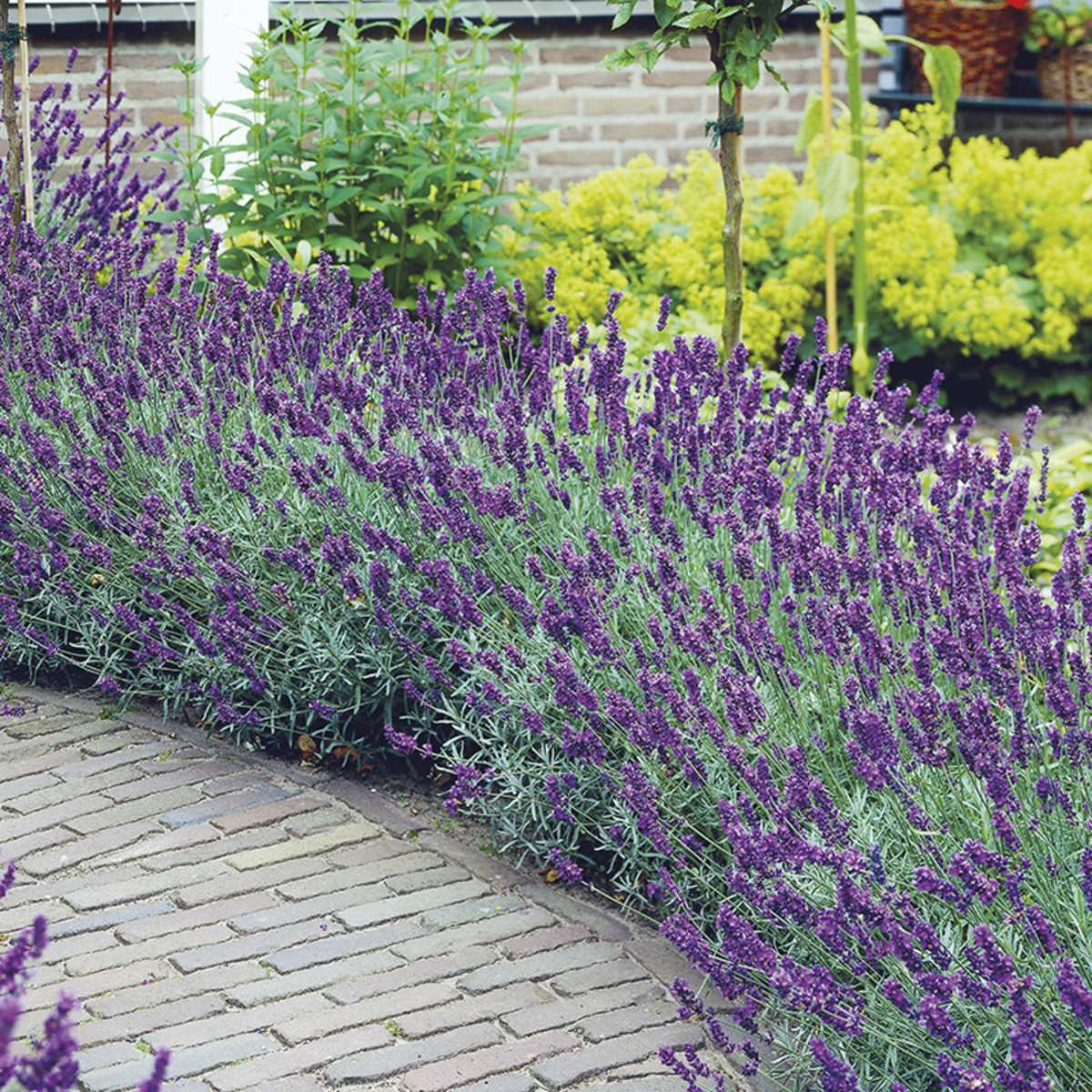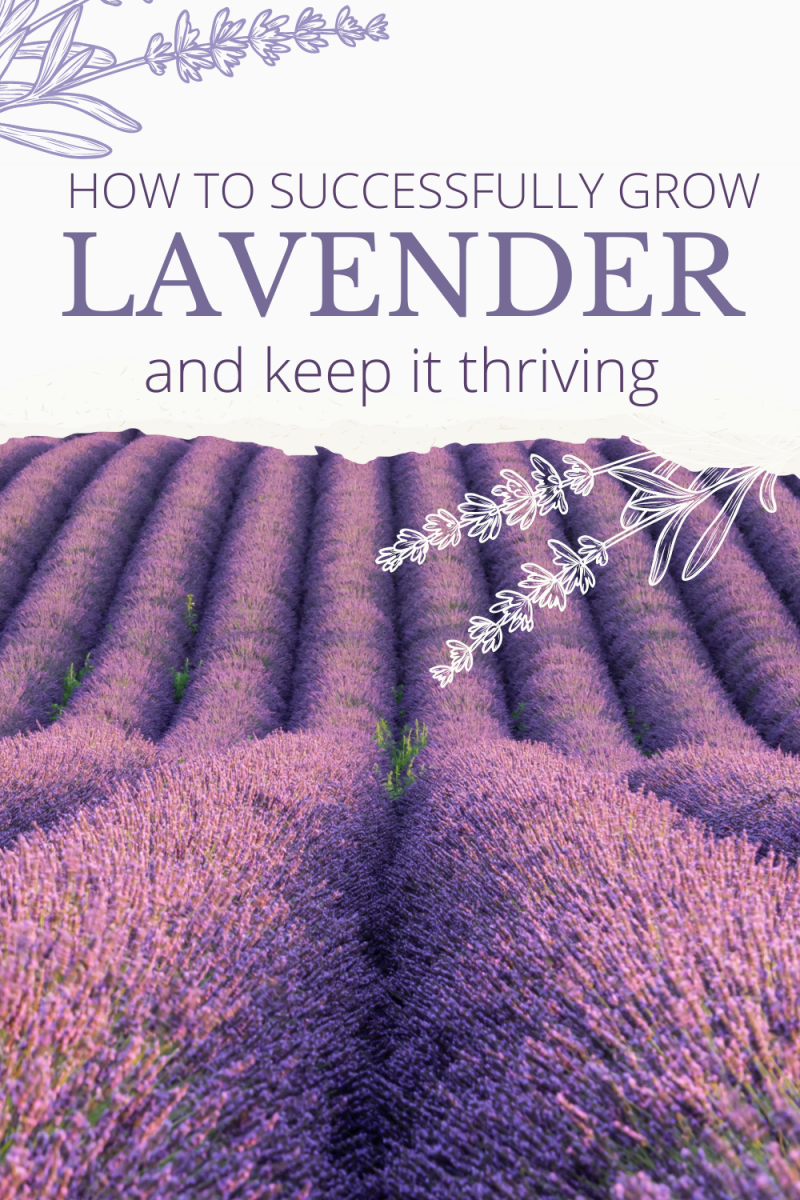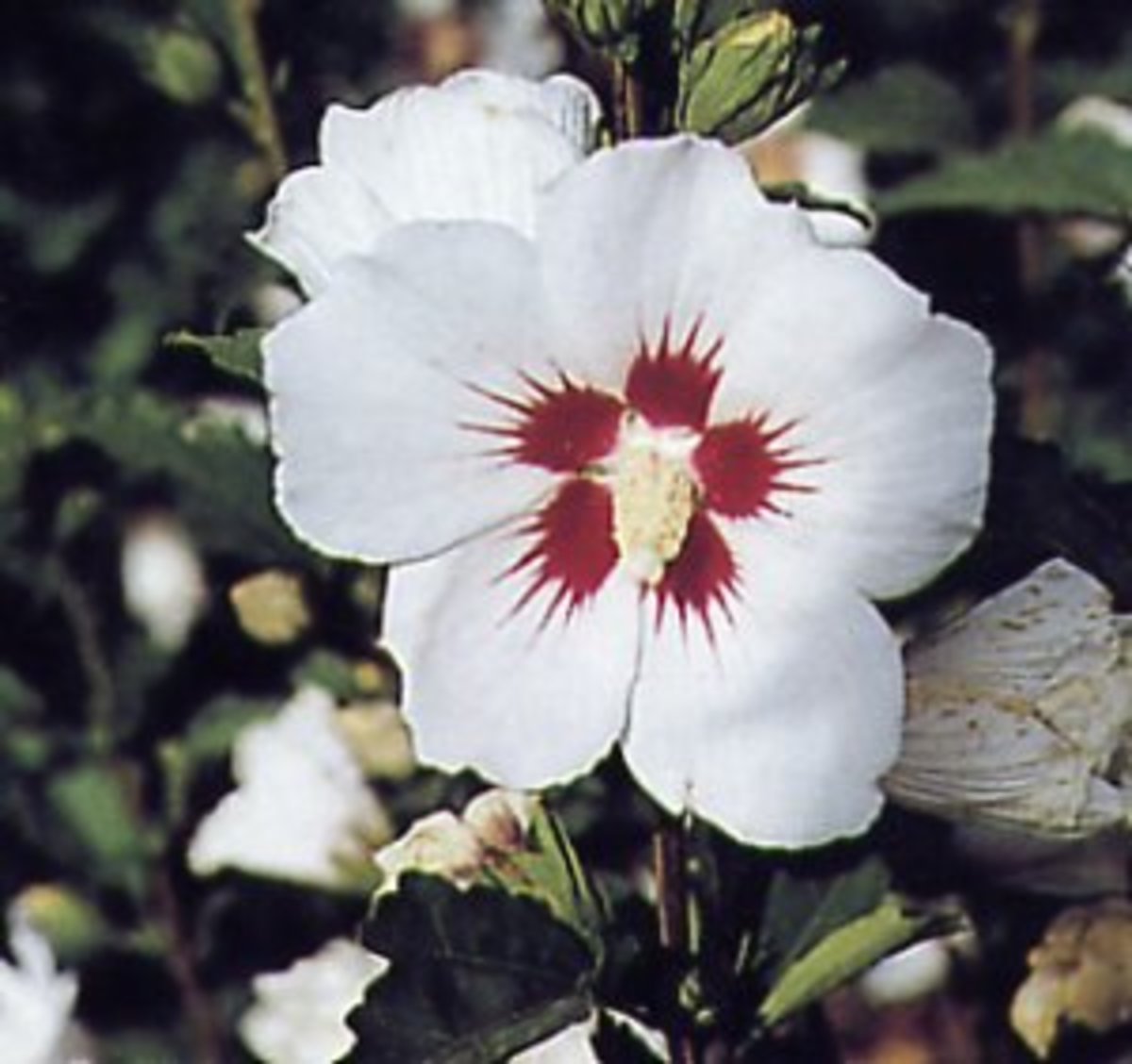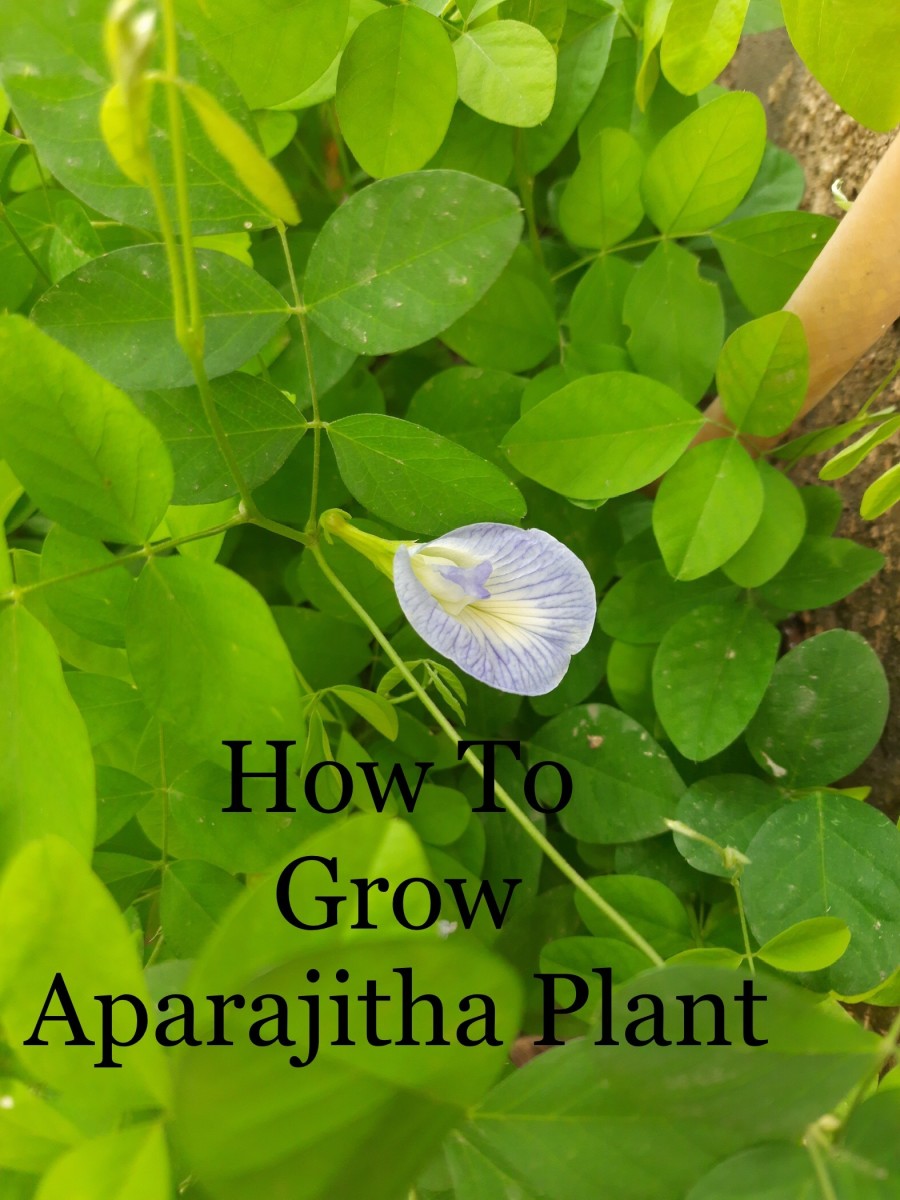How to Grow and Use Lavender (Lavandula Angustifolia)
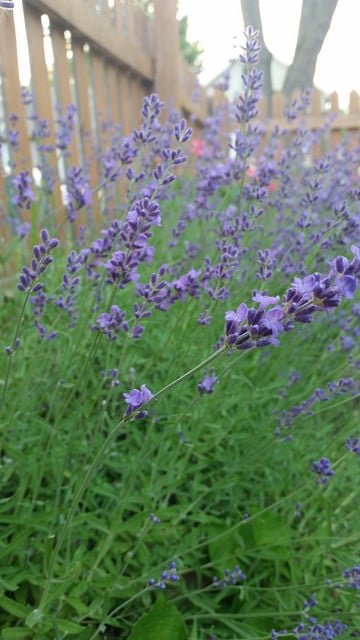
Lavender: A Low-maintenance plant with many uses
Who doesn't love the distinct scent lavender gives? This great smelling perennial is easy to grow and maintain. Plant it near a walkway so your guests can catch a whiff of it's sweet smelling blooms. While most people use Lavender for this purpose, it's definitely not a one-trick pony! From culinary uses to aromatherapy, Lavender has you covered. This article will instruct you on how to grow and care for Lavender, as well as explore some of these other uses.
Helpful Hint:
By deadheading the flowers after they have bloomed, you will encourage the plant to keep blooming through late summer.
Lavender Specifications
Grows in: Zones 4 to 11
Light Requirements: Full Sun
Max height: About 2 feet
Max Spread: 2 to 3 feet
Shape: Erect, clump-forming
Water Needs: Moderate
Soil Needs: Does best in sandy soils, will tolerate heavier soils with proper drainage. These plants tend to like things on the drier side, which makes them especially useful during summer droughts.
Bloom Time: Mid to Late Summer
Bloom Colors: Purple, Violet, and some newer varieties in Pink
Common Varieties: Munstead aka English Lavender, Hidcote
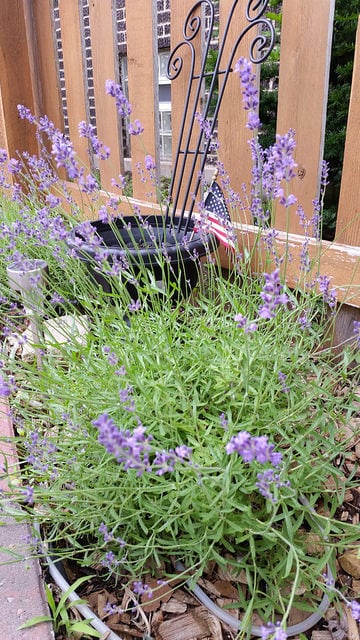
How to Grow Lavender from Seed
While it is not impossible to grow from seed, patience is definitely needed! It generally can take 1 to 3 months for the seeds to sprout. If you are hell bent on committing to growing it from seed, here are some tips for success:
- Sow in early spring inside your home (a seed starting kit is good for this) or in a heated greenhouse.
- Sow seeds in seed starting mix and barely cover.
- Germination can be aided by using a seed heating mat. You can find them on-line (I got mine through Amazon) or at any greenhouse/ big box home improvement store. The soil temperature that is ideal for germination of Lavender is anything above 59F degrees.
- Make sure they get plenty of light once they sprout. A south-facing window or adding in growing lights are ideal.
- Seedlings can be planted outside after all danger of frost has passed. You can also start the seeds indoors in the fall to get larger plants to set out in the spring.
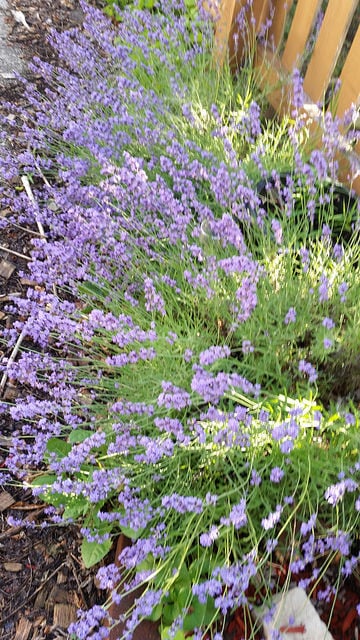
How to Grow Lavender from Cuttings
Generally speaking, it is much easier to propagate Lavender from a cutting than from seed. If you are like me, you have no patience waiting almost 3 months for seeds to germinate. Instead, if you have an existing plant or want to take a cutting from a friend's plant, it's pretty easy to do. Just cut one of the stems (or several if you want more than one). Strip off some of the leaves at the base and plant into a clay pot of compost or a loose sand soil medium. Keep evenly moist but not drowning. To go one step further to ensure proper root formation, you can dip the stem into a rooting hormone for some added assurance.
Did You Know?
Because of it's strong scent, Lavender is the perfect companion plant to Roses, Carrots and Leeks. The essential oils and pungent scent repels and confuses many pests, especially Aphids.
Seedling Heat Mat
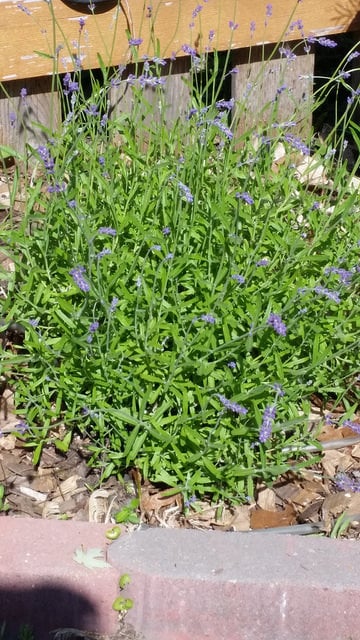
Helpful Hint:
To get the best performance out of your Lavender plant, every 2 to 3 years, cut the plant down to about 6 inches from the soil line in the winter while dormant. This will re-invigorate the plant.
Lavender and Aromatherapy
it comes as no surprise the strong-smelling flowers have medicinal properties. People have been using lavender for centuries. The aroma of the lavender plant (specifically from the flowers) have been proven to have a calming effect. It is for this reason it can be effective at naturally treating headaches and anxiety. The essential oil (made from the flower buds) are diffused in an oil diffuser, or can be added to a humidifier that comes with an essential oil reservoir.
Sachets of dried lavender flowers are also common and placed inside clothing drawers or closets. It not only scents your laundry, but is also effective at keeping moths away.
Using the oil along with epsom salts in the bath is another great way to reduce stress.
*Important note when using essential oils: Always mix with a carrier oil when using an essential oil on your skin. Essential oils can be quite strong and may cause skin irritation or hives in some individuals.
Lavender as an Edible Herb
Lavender is not just an ornamental; it also has culinary uses. It seems pretty trendy lately to use it in desserts like cupcakes, scones and macaroons. It does lend itself very well to sweets, as the sugar combined with the scent of the flowers gives a sweet perfumed flavor. While I don't do much baking, my preferred method of use is in more savory applications. Specifically, I like to use mine in a homemade Herbs de Provence spice blend:
Lisa's Herbs de Provence (all dried ingredients)
- Lavender flower buds
- Rosemary
- Oregano
- Sea Salt or Pink Himalayan Salt
- Thyme
- Fresh Ground Black Pepper
- Garlic Powder (not typical in most Herb de Provence blends, but I'm Italian and I like my garlic!)
I like to use this blend as a spice rub on fish and chicken, both baked in the oven or grilled. It is also good on roasted potatoes!
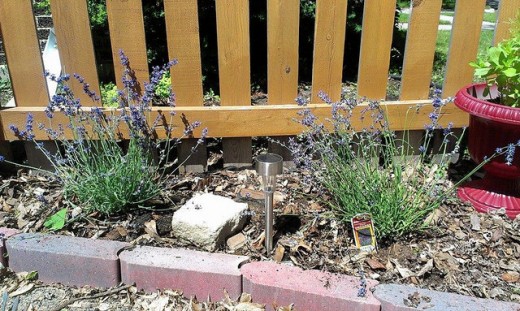
Helpful Hints:
To get the most pungent flowers, harvest Lavender in the morning and when flowers are mostly open for crafts and bouquets.
More Culinary Uses
Lavender tea is one of my most favorite things to drink in the evenings before bed because of it's calming effects.
Lisa's Lavender and Chamomile Tea (can use dried or fresh ingredients)
In a pot or tea kettle use a handful of each:
- Chamomile Flowers
- Lavender Flower Buds
- Peppermint or Spearmint
- Stevia leaf (if you want it sweet without the calories or spike in blood sugar)
Pour hot water over the blend and let steep 5 ot 10 minutes. Strain out the herbs and pour into a tea cup. You can also serve this iced.
Thanks for Stopping By
I hope you enjoyed this small sampling of a great versatile plant. Use the recipes and let me know in the comments how you enjoyed them!
© 2016 Lisa Roppolo



